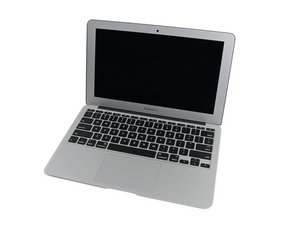SSD Upgrade on Mid 2013 MacBook Air Not Working
So,
I am using a SM951 256GB M.2 SSD with a NGFF M.2 Adapter.
I have researched and found them to be compatible with my laptop, a 11" Mid 2013 MacBook Air.
The original SSD went bad, and this is a replacement more than an upgrade.
I have created a High Sierra (latest) USB installer, and upon using I can see my drive in Disk Utility.
I format it as Journaled and start the installer. I select the drive, it starts installing and says about 5 minutes.
At the 2 minute mark the screen will go black (restart I presume?) and then show the apple logo.
The progress bar below will load about 10% and then it will just boot to the USB again.
Inspecting the drive in disk utility shows that about 5GB of it is now used, but it is not bootable.
What is happening, and how do I fix it?
Can provide pictures and product links if needed...
Thanks
Cette question est-elle utile ?

 4
4  5
5  1
1 
